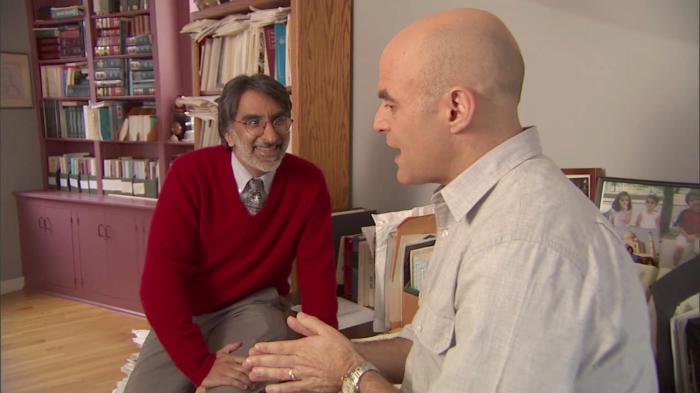Embark on a captivating journey with Constitution USA with Peter Sagal Worksheet Answers, a comprehensive guide that illuminates the cornerstone of American governance. This worksheet unravels the intricacies of the U.S. Constitution, providing a profound understanding of its historical significance and enduring impact on the nation’s legal and political landscape.
Through a series of engaging questions and detailed explanations, this worksheet delves into the Constitution’s fundamental principles, the structure of government it establishes, and the rights and responsibilities it guarantees. Prepare to gain invaluable insights into the document that has shaped the course of American history and continues to guide the nation’s present and future.
1. The Preamble: Constitution Usa With Peter Sagal Worksheet Answers

The Preamble to the United States Constitution is a short but powerful statement of the principles and goals of the Constitution. It explains why the Constitution was written and what it is intended to accomplish.
The key ideas and principles expressed in the Preamble include:
- The people of the United States are the source of all political power.
- The purpose of government is to promote the general welfare, secure the blessings of liberty, and protect the rights of individuals.
- The Constitution is a supreme law of the land, and all laws and actions must be in accordance with it.
The Preamble has had a profound influence on American history and law. It has been cited by the Supreme Court in numerous cases to support its decisions. It has also been used to justify the expansion of federal power and the protection of individual rights.
2. Article I
The Legislative Branch

Structure and Powers of Congress
Congress is the legislative branch of the United States government. It is composed of two chambers: the Senate and the House of Representatives.
The Senate has 100 members, two from each state. Senators are elected for six-year terms, and one-third of the Senate is up for election every two years.
The House of Representatives has 435 members, apportioned among the states based on population. Representatives are elected for two-year terms.
Congress has a wide range of powers, including the power to:
- Make laws
- Declare war
- Raise taxes
- Borrow money
- Regulate commerce
- Establish and maintain a military
- Create and maintain a postal system
Process of Lawmaking
The process of lawmaking begins when a bill is introduced in either the Senate or the House of Representatives. The bill is then referred to a committee for study and debate.
If the committee approves the bill, it is reported back to the full chamber for a vote. If the bill passes the full chamber, it is sent to the other chamber for consideration.
If the bill passes both chambers, it is sent to the President for his signature. If the President signs the bill, it becomes law. If the President vetoes the bill, it can be overridden by a two-thirds vote of both chambers of Congress.
Role of the President in the Legislative Process
The President plays a significant role in the legislative process. He can propose legislation, veto bills, and issue executive orders that have the force of law.
The President also has the power to appoint judges to the Supreme Court and other federal courts. These appointments can have a major impact on the interpretation of the law.
3. Article II
The Executive Branch

Powers and Responsibilities of the President, Constitution usa with peter sagal worksheet answers
The President is the head of the executive branch of the United States government. He is responsible for enforcing the laws of the United States and conducting the nation’s foreign policy.
The President has a wide range of powers, including the power to:
- Appoint and remove federal officials
- Veto bills passed by Congress
- Issue executive orders
- Command the armed forces
- Make treaties with foreign nations
Process of Electing the President
The President is elected by the Electoral College, which is composed of electors chosen by the voters in each state.
The candidate who receives the majority of electoral votes becomes President. If no candidate receives a majority of electoral votes, the House of Representatives chooses the President from among the top three candidates.
Role of the Vice President
The Vice President is the second-highest official in the United States government. He presides over the Senate and becomes President if the President dies, resigns, or is removed from office.
Popular Questions
What is the purpose of the Preamble to the U.S. Constitution?
The Preamble sets forth the fundamental goals and principles of the Constitution, including establishing a more perfect union, securing the blessings of liberty, and promoting the general welfare.
How many articles are there in the U.S. Constitution?
There are seven articles in the U.S. Constitution, each addressing a specific aspect of government structure and powers.
What is the Supremacy Clause?
The Supremacy Clause establishes the Constitution as the supreme law of the land, meaning that any laws or actions that conflict with the Constitution are invalid.